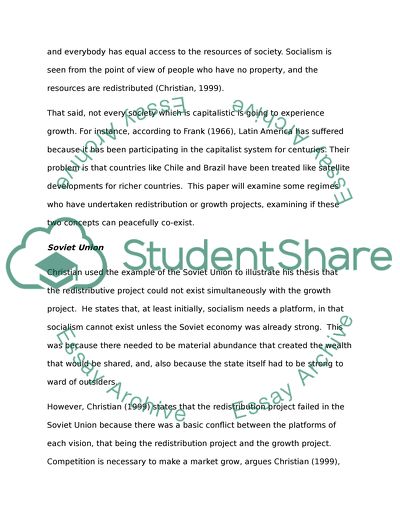Cite this document
(“The case studies (Nicaragua, Mauritius, Asian Tigers AND Soviet Union) Essay”, n.d.)
The case studies (Nicaragua, Mauritius, Asian Tigers AND Soviet Union) Essay. Retrieved from https://studentshare.org/sociology/1401181-the-case-studies-nicaragua-mauritius-asian-tigers
The case studies (Nicaragua, Mauritius, Asian Tigers AND Soviet Union) Essay. Retrieved from https://studentshare.org/sociology/1401181-the-case-studies-nicaragua-mauritius-asian-tigers
(The Case Studies (Nicaragua, Mauritius, Asian Tigers AND Soviet Union) Essay)
The Case Studies (Nicaragua, Mauritius, Asian Tigers AND Soviet Union) Essay. https://studentshare.org/sociology/1401181-the-case-studies-nicaragua-mauritius-asian-tigers.
The Case Studies (Nicaragua, Mauritius, Asian Tigers AND Soviet Union) Essay. https://studentshare.org/sociology/1401181-the-case-studies-nicaragua-mauritius-asian-tigers.
“The Case Studies (Nicaragua, Mauritius, Asian Tigers AND Soviet Union) Essay”, n.d. https://studentshare.org/sociology/1401181-the-case-studies-nicaragua-mauritius-asian-tigers.


